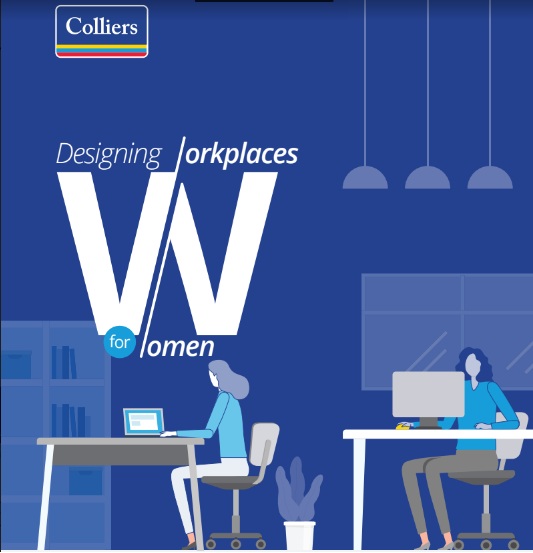Over last two decades, India’s female workforce participation has witnessed a dip, with only 1 in 5 women working in formal workforce. In the services sector too, women’s career has roadblocks such as gender bias in Indian workplaces, traditional gender norms in the Indian society, increased responsibility after childbirth, etc. As per the World Economic Forum’s Global Gender Gap Report 2022, India ranked 107th in ‘educational attainment’, but ranks more distant in ‘economic participation and opportunity’. This signifies a void in the availability of conducive work environment for women.
Companies with more than 30% women on their executive teams are more profitable than companies with less percentage of women, with a performance differential of 48%, as per Mckinsey & Co. As per the United Nations, if women played an identical role to men in labour markets, the global annual GDP can be boosted by USD28 trillion by 2025. To narrow this gap and to unleash the full potential of working women in India Inc, Colliers has recommendations to create more inclusive and women-friendly workplaces.
“India has a higher proportion of employable women at about 52%, but actual employed women workforce stands at an abysmal low. Equality at workplaces comes from two aspects – policies that a company formulates that nurture women and their careers, and an office design that embraces inclusivity. Historically, offices have been built for and by men, and this needs to change to truly design for today’s diverse workforce. Not only the design of the office, but also aspects such as location, accessibility, etc. play a larger role in creating a women-friendly workplace. Such workplaces can boost productivity, build top-notch culture with happy employees,” said Ramesh Nair, Chief Executive Officer, India & Managing Director, Market Development, Asia.
Recommendations to embrace ‘diversity’ at workplace
Location
Choosing an office location that is centrally located and easily accessible through public transport will encourage more women to join the company. Convenient and designated parking areas are also desirable for women employees.
Hybrid working
Formulating hybrid work styles help a company formulate a productive, yet friendly work culture. Women employees can overcome social and cultural barriers through flexible working, that can enable them to pursue a career, while maintaining a work-life balance.
Working from ‘near’ home
Rather than having a single large traditional office, companies can opt for flex spaces and can set up offices in multiple locations which would enable women employees to choose their nearest location.
Blending different workstyles
To cater to different work styles, companies can curate blended work zones with a mix of collaborative zones, quiet / contemplative zones, formal meeting rooms etc.
Safe premises
Office premises should be gated with high security to enhance sense of safety and security amongst women
Recommendations to drive ‘inclusivity’ at workplace
“While diversity is imperative for any organization, it is even more important to be inclusive wherein workplaces can be centers of empowerment for women. A bit of thoughtfulness goes a long way. Spatial design in workplaces can help create safe and comfortable spaces that can aid employee productivity. Inclusive design solutions such as ergonomic fittings, temperature, washrooms etc. are some ways to create equal workplaces that can encourage more women to join and continue in the workplace,” said Vimal Nadar, Senior Director and Head of Research, Colliers, India.
Ergonomic fittings
Better workstations with adjustable chairs, footrests, and keyboard trays. Consider including a variety of seating options, such as standing desks or ergonomic chairs with lumbar support.
Childcare facilities
Women returning from maternity break will be greatly benefitted by having a pumping room , say one for every 100 female employees. Such a space can span 50 sq ft, with amenities like sink and refrigerator. Additionally, equipping offices or partnering with agencies for integrated child-care facilities like day care centers/creches, complying with government’s regulations.
Self-reflection zones
Consider incorporating quiet room/meditation to encourage self-reflection, for a breather away from the sense of hierarchical norms that typically exist in a workplace.
Optimal temperatures
Consider maintaining an optimum temperature of about 25oC as women feel more comfortable in higher temperatures than men. Choose the right flooring or floor carpet where women can walk comfortably with heels.
Purposeful washrooms
Provide enough cubicles for all employees, with adequate privacy and cleanliness. Consider providing feminine hygiene products and baby-changing stations as well

